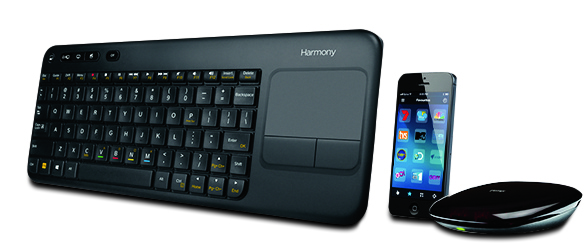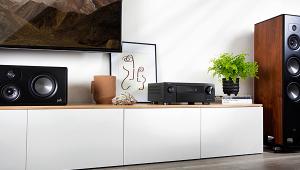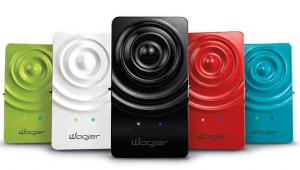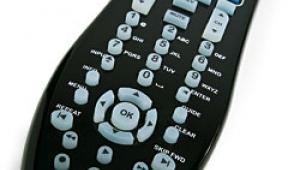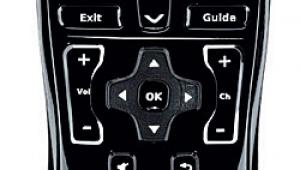I have two Harmony One remotes that are clones. Each have the max 15 devices (what a limitation that I see hasn't been increased), that I use to control the A/V equipment in 3 different rooms. I will pick up a couple others on eBay eventually. The problem, IMHO, is that the screen separates the hard buttons into two sections, making single-handed operation extremely difficult. I tried the Touch (ugh), but it works for my father-in-law, so he is happy. I LOVE the One! One remote to rule them all.
And, there are no hard number keys. Keep the ONE alive!

